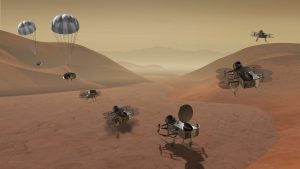
ETD Electrical Engineering Division
EED | Code 560
Engineering Connections Between Worlds
The Electrical Engineering Division is composed of many branches all working in conjunction with one another in the research, development, and manufacturing of electronic instruments and technology to advance and benefit the scientific community at large.
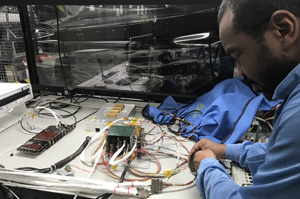
Radiation Effects, Parts, Packaging and Assembly Branch (561)
The Radiation Effects, Parts, Packaging and Assembly Branch provides comprehensive technical expertise in spacecraft and instrument flight data systems development, radiation environment and effects engineering, and electrical/electronics/electromechanical (EEE) parts support to meet performance, reliability, and programmatic requirements for both internal and external customers. The branch spearheads the development of advanced technologies including instrument and spacecraft data buses, radiation-hardened microprocessors, mission-unique data processing electronics, data interface devices, bulk data storage components, and attitude control electronics while supporting data system architecture development through partnerships with industry, government organizations, and academia. These radiation engineering services encompass developing and maintaining space radiation models, predicting mission radiation environments, assessing radiation exposure of shielded spacecraft components, conducting radiation tolerance testing, and analyzing radiation effects on flight component performance and reliability. The branch provides essential EEE parts engineering services including database maintenance and operation, parts selection and acquisition, characterization and qualification, reliability assessments, anomaly investigation and failure analysis, and dissemination of parts alerts and advisories. Additionally, the branch offers unique packaging, fabrication, assembly, and rework services for space flight electronics, operates extensive test facilities and laboratories with computer-based analysis capabilities, maintains leadership presence in the space community through collaborations, and provides custom flight fiber optics assemblies while advancing new fiber optics technologies and assembly techniques for improved performance and reliability.
Contact Code 561 Key Personnel
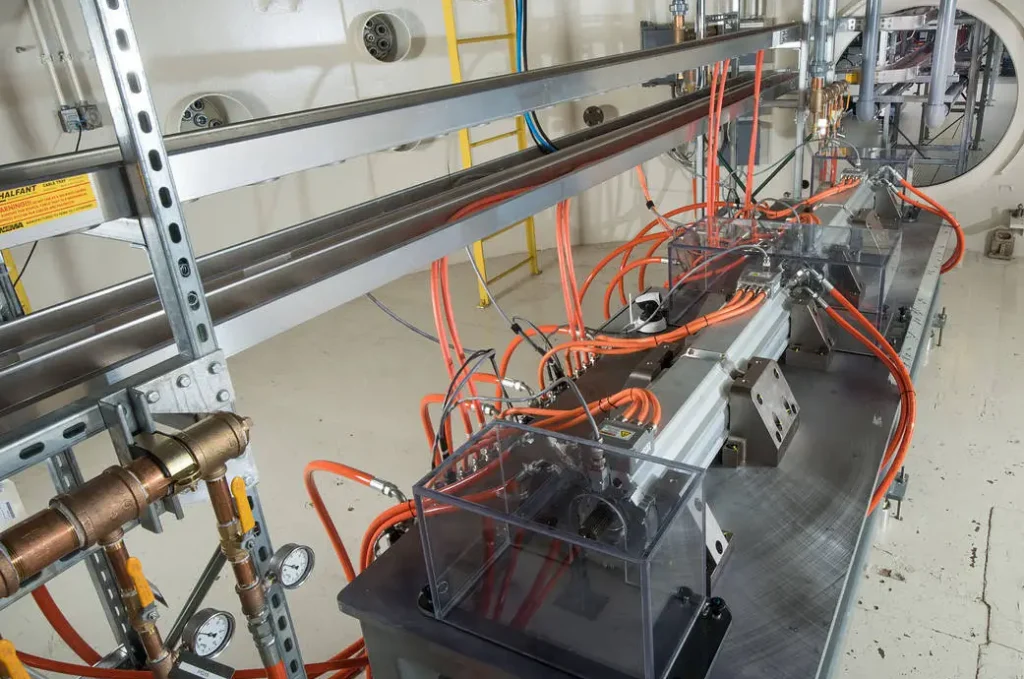
Power Systems Branch (563)
The Power Systems Branch provides the Center with expertise and capabilities in electrical power generation, conversion, management, distribution, and processing for space applications. Power systems engineering expertise is provided for all phases of science instrument, special payloads, and spacecraft flight projects, from conceptual design, through detailed design, development, test, launch, operations, and end-of-life disposal. Electrochemical discipline engineering expertise is provided to develop, deliver and operate flight batteries, and to advance energy storage technologies for longer life and higher energy density primary and secondary batteries, for payloads and spacecraft applications. Photovoltaic discipline engineering expertise is provided to design, develop and deliver flight solar cell arrays, and to advance solar-electric energy conversion technologies via higher efficiency solar cells for space flight applications.
Contact Code 563 Key Personnel
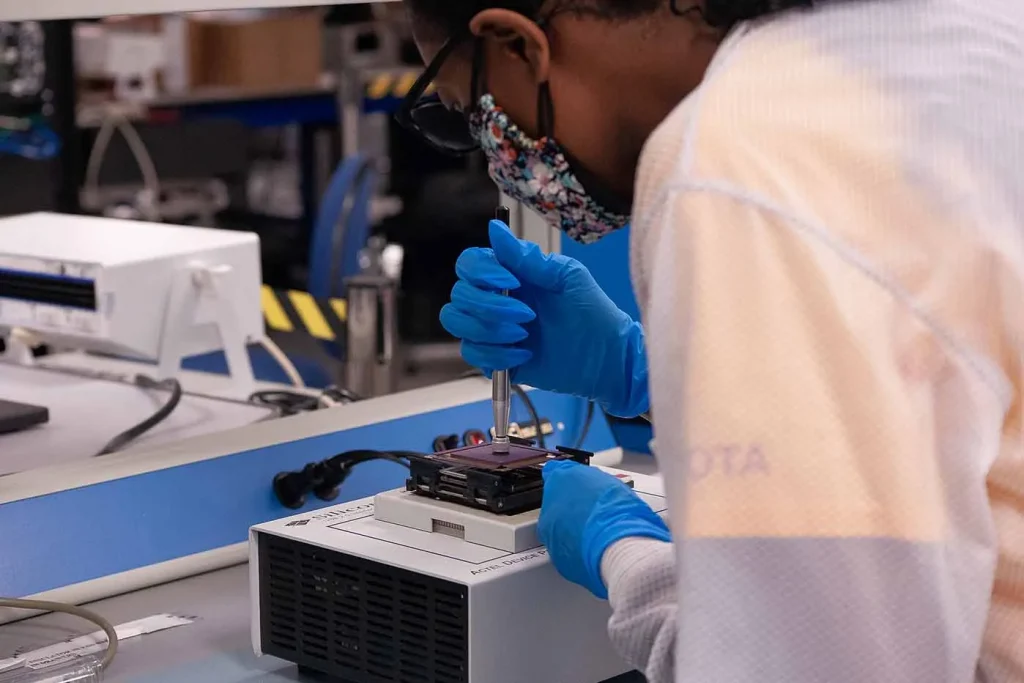
Instrument Electronic Development Branch (564)
The Instrument Electronic Development Branch provides leadership and expertise to design, develop, test, and deliver electronics systems for space flight science instruments including: front-end electronics, analog signal filtering and conditioning, temperature control electronics, analog-to-digital conversion, digital signal processing, and science data processing. In addition, the Branch develops analog and digital electronics to control various instrument sensors and actuators. The Branch provides expert personnel, utilizing specialized tools and laboratories, for the design, analysis, and test of advanced microelectronics devices such as mixed-signal application specific integrated circuits (ASICs) and field programmable gate arrays (FPGAs) as well as algorithms and code for digital signal processing (DSP) applications.
Contact Code 564 Key Personnel
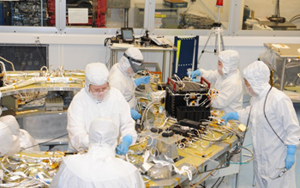
Avionics & Electrical Systems Branch (565)
The Avionics & Electrical Systems Branch provides expert leadership in the design, development, and verification of avionics systems architectures, avionics interfaces compatibility (electrical, electromagnetic, etc.), electrical harnessing, advanced data networks, and electrical ground support equipment (EGSE). The Branch provides avionics systems leads for spacecraft and payloads consisting of multiple electronics subsystems, as well as electrical systems leads, harness leads, and EGSE leads for flight instruments and spacecraft projects. The code also develops project unique electromagnetic interference/compatibility (EMI/EMC) specifications and generates the criteria and test approach to verify that EMI/EMC requirements are met.
Contact Code 565 Key Personnel
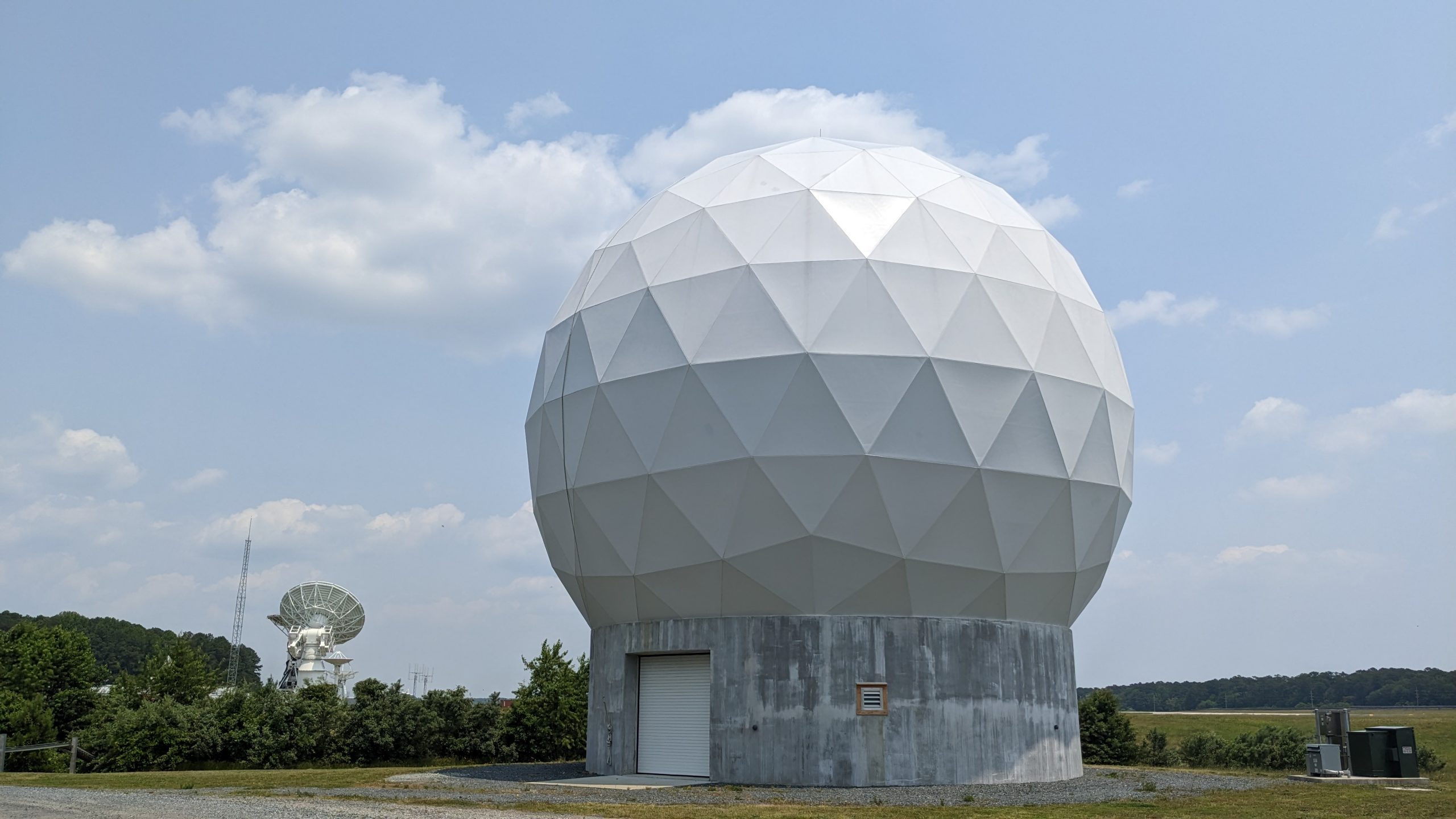
Communications Systems Branch (566)
The Communications Systems Branch maintains core communications and networks engineering disciplines and facilities for the design, implementation, analysis, and demonstration and test of RF and optical communication systems and networks. This organization provides expert leadership in the development, validation, and infusion of advanced technologies and standards for near-earth, lunar, and planetary space communications. Technology development efforts cover a wide range of components for high-speed communications including antennas, low noise receivers, radiometers, electronics, solid state power amplifiers, coding, and compression systems. Code 552 performs hands-on engineering with industry, academia, and national labs to develop next generation components and systems for RF and optical terminals, transponders, transceivers, and other advanced components while demonstrating space communication technologies for unique mission requirements.
This branch provides expertise in both space and ground networks engineering and works closely with flight projects and mission services to develop space-to-space and space-to-ground mission operations communications. This engineering expertise supplies Product Development Leads (PDLs) for each RF communications subsystem along with engineers and technicians responsible for development and implementation of Ground Support Equipment (GSE) racks and overall Integration and Testing (I&T) of RF Communications Subsystems at the spacecraft observatory level. The branch develops and maintains core competency for the design and implementation of Space-Flight hardware from concept, theory, analysis, simulation, design, prototyping, development and testing at all levels. Additionally, it maintains technical expertise and key facilities for the development and test of microwave sensing instruments while providing expertise to develop technologies that improve performance of the international Search and Rescue system.
Contact Code 566 Key Personnel
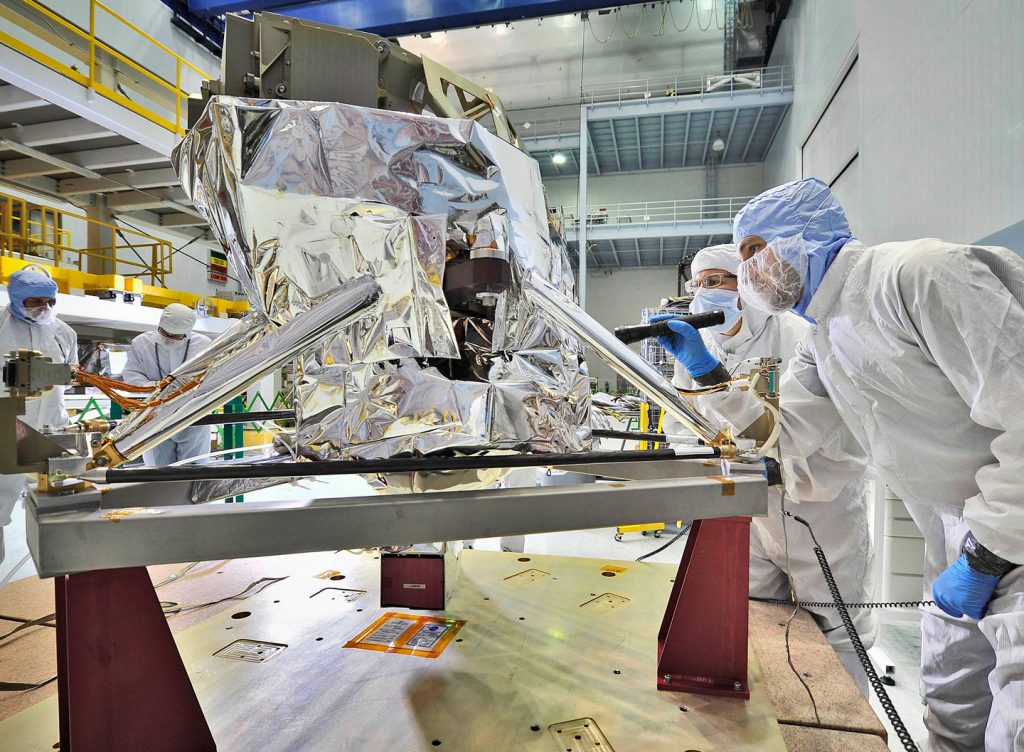
Autonomous Navigation Electronics and Systems Branch (567)
The Autonomous Navigation Electronics and Systems Branch is responsible for the development of advanced and autonomous Guidance Navigation and Control GN&C component technologies that enable current and future GN&C systems. Specifically, it leads the development of new guidance, navigation and control system sensors, actuators, propulsive devices and their interfaces to support space vehicle and instrument design and development. The branch works to advance these systems through advanced electronics to promote automation and autonomous navigation in the space environment. The Branch provides, maintains, and manages the component test facilities for both conventional and advanced components to validate their performance while also providing and maintaining an inventory of components. The Branch is chartered with conceiving, analyzing, designing, building, and testing unique electronics for autonomous navigation and hybrid dynamic simulators, and supporting integration, test, and validation of these.
Contact Code 567 Key Personnel
